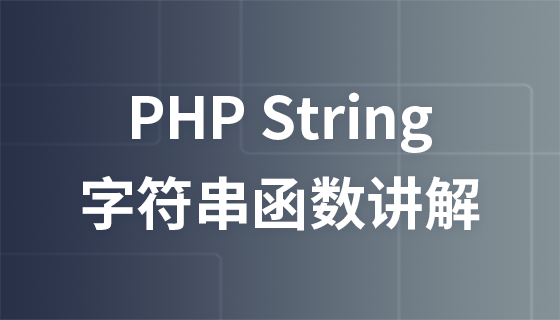
掌握常用的Ajax函数及其参数详解
Ajax(Asynchronous JavaScript and XML)是一种用于在客户端和服务器之间异步传输数据的技术。它能够实现无需刷新整个页面而更新部分内容,提升了用户体验和性能。本文将详细介绍常用的Ajax函数及其参数,并附带具体的代码示例。
一、XMLHttpRequest对象
Ajax的核心是XMLHttpRequest对象,它是浏览器提供的内置对象。通过创建一个XMLHttpRequest对象,我们可以与服务器进行数据交互。
示例代码:
let xhr = new XMLHttpRequest();
二、Ajax的基本操作
示例代码:
xhr.open('GET', 'http://example.com/api', true);示例代码:
xhr.setRequestHeader('Content-Type', 'application/json');
xhr.send(JSON.stringify({ name: 'John', age: 18 }));示例代码:
xhr.onreadystatechange = function() {
if (xhr.readyState === 4 && xhr.status === 200) {
console.log(xhr.responseText);
}
};三、Ajax函数的封装
为了简化Ajax的使用,我们可以封装一个通用的Ajax函数。
示例代码:
function ajax(options) {
let xhr = new XMLHttpRequest();
xhr.open(options.method, options.url, true);
xhr.onreadystatechange = function() {
if (xhr.readyState === 4 && xhr.status === 200) {
options.success(xhr.responseText);
} else {
options.error(xhr.status);
}
};
xhr.send(options.data);
}四、Ajax函数的参数详解
Ajax函数可以接受一个包含各种配置的options对象作为参数。
示例代码:
ajax({
method: 'POST',
url: 'http://example.com/api',
data: JSON.stringify({ name: 'John', age: 18 }),
success: function(response) {
console.log(response);
},
error: function(statusCode) {
console.error('Error:', statusCode);
}
});通过掌握常用的Ajax函数及其参数,我们可以更加灵活地进行数据交互,提升用户体验和性能。希望本文的详解和示例能够帮助读者深入理解Ajax的工作原理和应用方法。
以上就是深入理解Ajax函数及其参数用法的详细内容,更多请关注php中文网其它相关文章!

每个人都需要一台速度更快、更稳定的 PC。随着时间的推移,垃圾文件、旧注册表数据和不必要的后台进程会占用资源并降低性能。幸运的是,许多工具可以让 Windows 保持平稳运行。




Copyright 2014-2025 https://www.php.cn/ All Rights Reserved | php.cn | 湘ICP备2023035733号